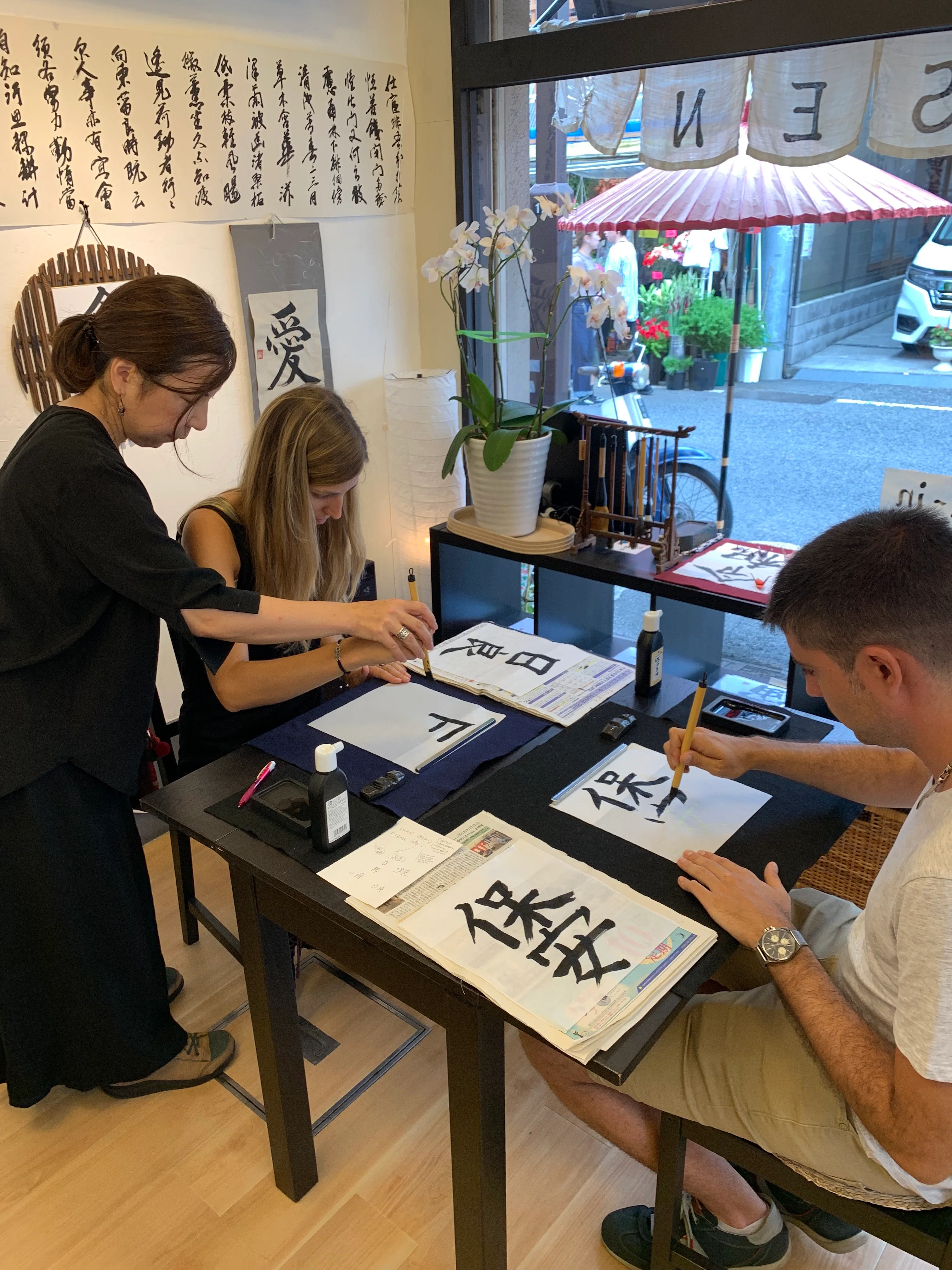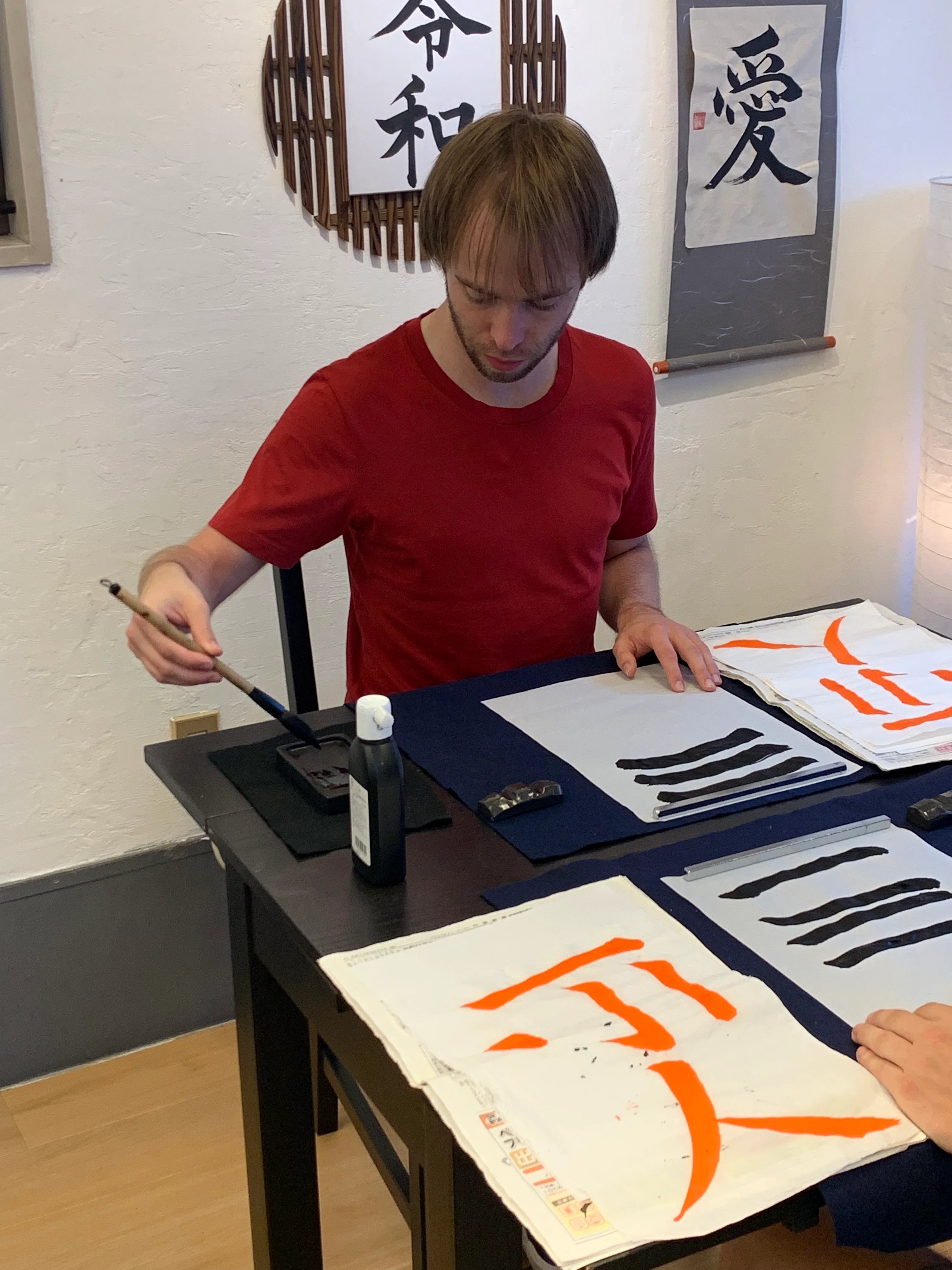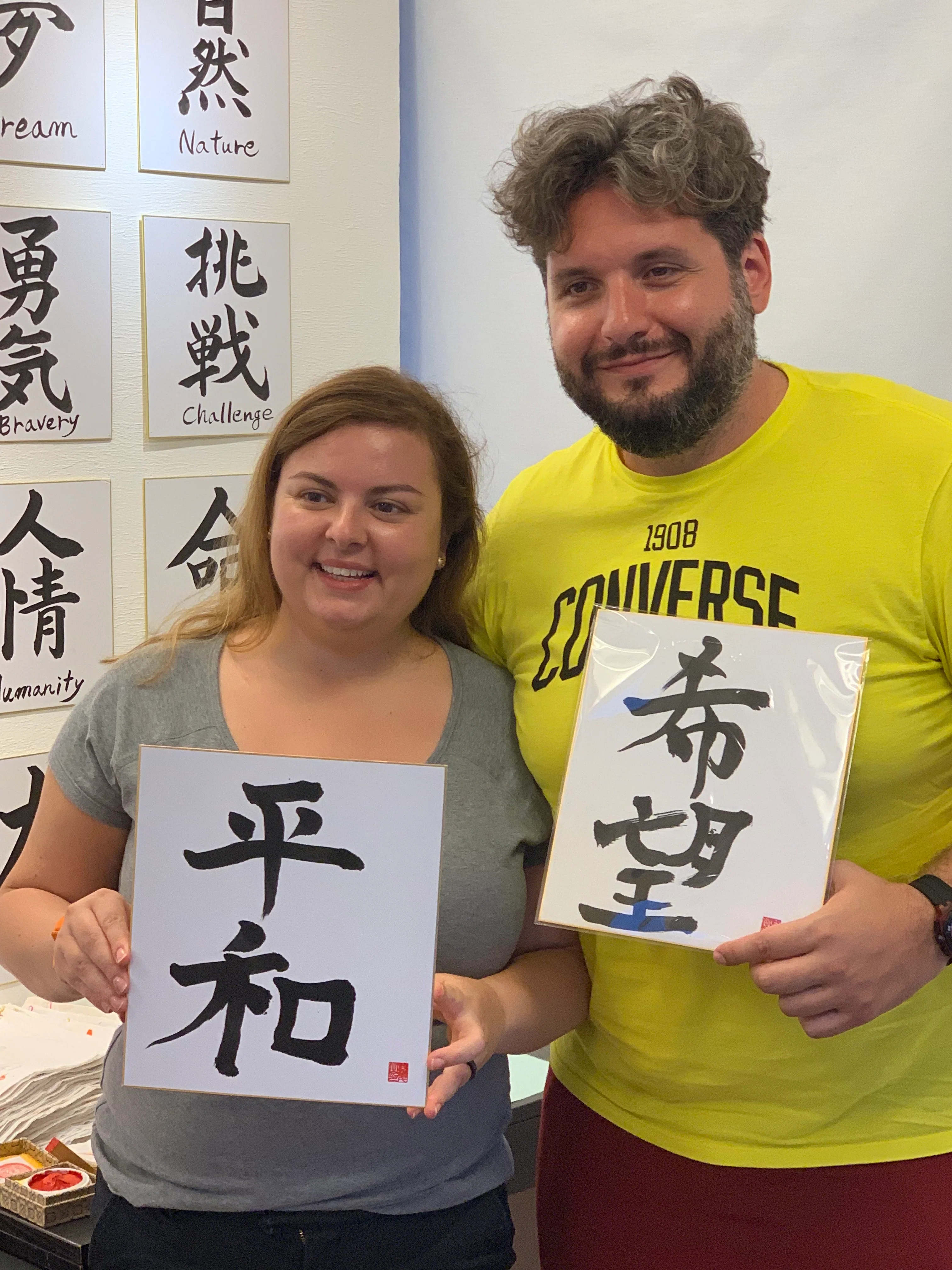Shodo, the art of Japanese calligraphy, is a timeless expression of beauty, harmony, and the human spirit. Born from the ancient tradition of Chinese calligraphy, shodo has evolved over centuries to become a quintessential Japanese art form, revered for its elegance, simplicity, and profound depth of meaning. Each brushstroke tells a story, capturing the essence of the artist's heart and mind in a single, fleeting moment of creation. As you delve into the world of shodo, you'll discover a meditative practice that cultivates patience, discipline, and self-awareness, while offering a unique window into the rich cultural heritage of Japan.
1 tours & activities found
Sort by price
Shodo is the art of writing Japanese characters, known as kanji, hiragana, and katakana, using traditional brushes, ink, and paper. The practice of shodo involves not only technical skill but also a deep understanding of the characters' meanings, origins, and artistic expression. Some key aspects of shodo include:
Japan offers numerous opportunities to experience and learn shodo, from traditional calligraphy schools and workshops to museums and exhibitions dedicated to this ancient art form. Some notable places to explore shodo include:
For those seeking a more immersive shodo experience, some traditional ryokan (Japanese inns) and cultural centers offer calligraphy retreats, where guests can study shodo intensively while enjoying the tranquil surroundings and hospitality of rural Japan.
Embark on a journey of self-discovery and artistic expression by booking your shodo experience in Japan today. As you learn to wield the brush and ink, you'll not only gain a deeper appreciation for the beauty and complexity of Japanese calligraphy but also cultivate a sense of inner peace and connection to the rich cultural heritage of this ancient art form. Get ready to unleash your creativity, embrace the power of the moment, and leave your mark on the timeless tradition of shodo.



77
tours & activities
29
tours & activities
22
tours & activities
17
tours & activities
16
tours & activities
8
tours & activities
8
tours & activities
6
tours & activities
6
tours & activities
6
tours & activities
5
tours & activities
5
tours & activities
4
tours & activities
3
tours & activities
3
tours & activities
2
tours & activities
2
tours & activities
1
tours & activities
1
tours & activities
1
tours & activities